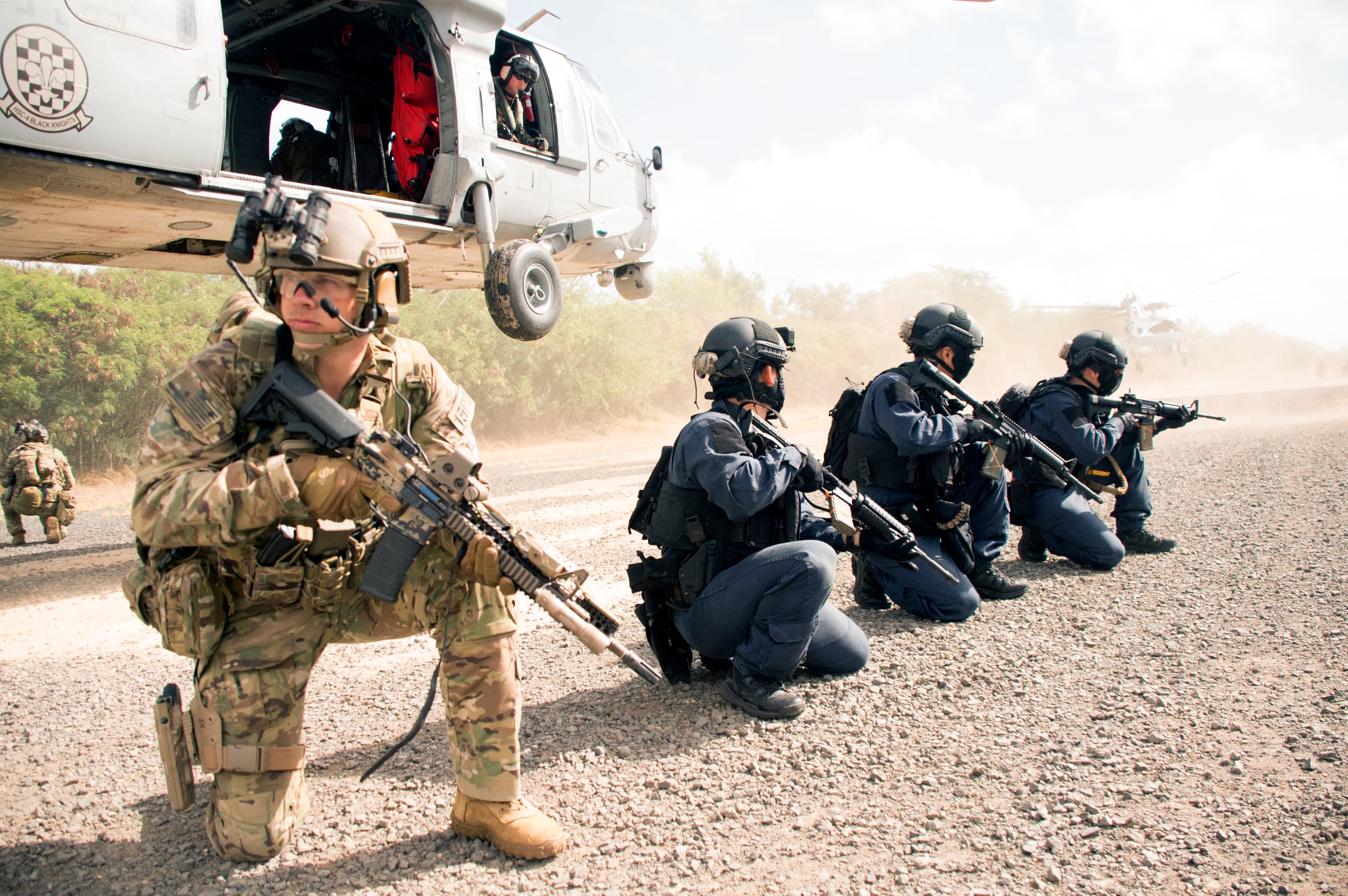The United States wants to be the preferred military partner for the countries surrounding China, and the Army’s 1st Special Forces Group has been working that angle for decades.
But this year has seen new lines of effort.
From deploying a response team to Sri Lanka after the Easter Sunday bombings, to kickstarting a new Mongolian trainer force, to training with Philippine troops to retake islands from a peer adversary in the South China Sea, 1st Group has been busy.
“The fundamentals remain the same,” Col. Owen Ray, commander of 1st Group, said at the Pentagon Wednesday. “Long-standing relations are what endure. Those are what give us a comparative advantage against near-peer competitors.”
Failing to establish good military-to-military relations with partner nations has downstream effects as the Pentagon begins competing with China in the region, according to Command Sgt. Maj. Eric Curran, 1st Group’s senior enlisted leader.
“After the coup in Thailand we severed a significant amount of mil-to-mil engagement, which is to be expected,” Curran said. “But in that space, in that vacuum of time, we lost a lot of traction.”
Curran said he’s been rotating in and out of Asia for 20 years. One Thai military officer he grew close to in that time and who now leads an elite counter-terrorism force has often come to the United States for training, including attending Special Forces Qualification Course at Fort Bragg, North Carolina.
“[He’s] very pro-American,” Curran said. “His subordinate captains, who he’s bringing up and who he’s going to carry with him through the hierarchy of the Thai military, had no desire to come to the United States.”
“They want to go train in Russia and China,” Curran added. “That’s one of the impacts we notice at the ground level.”
Authoritarian upswings and regional politics can make it difficult to justify to Congress and the American public why the Pentagon is working with certain countries’ security forces. But keeping those programs running through turbulent times, or at least doubling down when it’s feasible to restart them, can yield benefits in the long run.
Return on investment
Many of the gains from partner force training missions take years to surface in a tangible way that lawmakers can point to as evidence of money well-spent.
Around 2001, 1st Group soldiers began training Philippine Rangers who would eventually form the Light Reaction Regiment, the Philippine Army’s premier counter-terrorism and special mission unit.
That force saw early action in the mid-2000s against the Abu Sayyaf terror group on the southern Philippine island of Mindanao. Later on, they proved pivotal in the campaign to uproot the Islamic State during the 2017 Battle of Marawi.
“We work with these guys — very small footprint, very low political cost, very low financial cost — over a period of time, and then we get a result like Marawi," Curran said. “They were able to take the lead, no U.S. forces got involved and they countered ISIS in a strategic location we care a lot about in great power competition.”
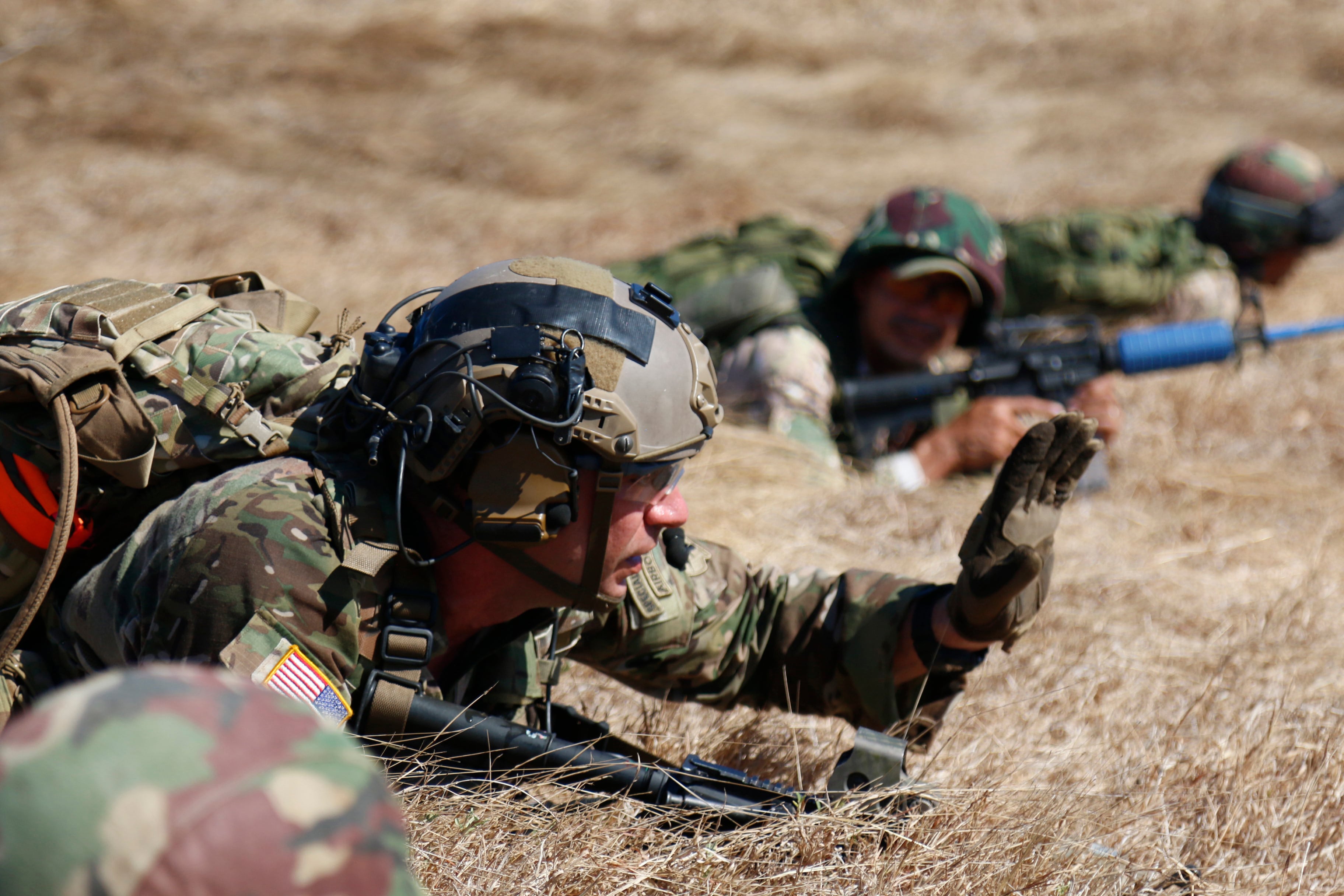
Green Berets are no longer teaching Philippine special operators how to shoot, Curran noted. The training has turned to command and control, running a battlefield and complex operations, such as the island seizure training that one 1st Group company conducted with Philippine forces in their northwestern region of Luzon this April.
“You have incursions by China into Philippine economic zones, getting after their fishing, pressing on the Spratly [islands],” Ray said. “It was in that larger geostrategic context ... that the Philippine armed forces wanted to train a forced entry, take back sovereign terrain scenario."
Exercises like that help alleviate the need for immediate U.S. support in the event of a crisis. After all, American forces suffer under the “tyranny of distance” when looking to operate far from home in the Indo-Pacom theater, Ray said.
Today, though, the information space also presents new challenges for the U.S. military as it works to send the right messages to would-be allies.
“The things we are more cognizant of are in the information environment,” Ray said. “It’s a spot where in special operations we have not engaged at the level that we can to demonstrate that we’re the preferred partners in some of the areas we get into.”
Sri Lanka response team
One example of sending the right message came after the Easter Sunday bombings that took more than 250 lives in Sri Lanka on April 21.
An Army special operations team was on the ground less than 24 hours after being requested by the U.S. ambassador to the country.
The team’s goal was to reach into the “information environment" and find “civil vulnerabilities” to assist U.S. diplomats and Sri Lankan officials in ensuring the situation wouldn’t "cascade into more violence,” Ray said.
Sri Lanka has a very small Islamic population, but also a turbulent history of violence between the Buddhist majority and some fringe Hindu groups.
There was serious concern in the aftermath of the bombings, which were claimed by ISIS and targeted Christian worshipers, that there would be retaliation against the Muslim community, creating another cycle of violence.
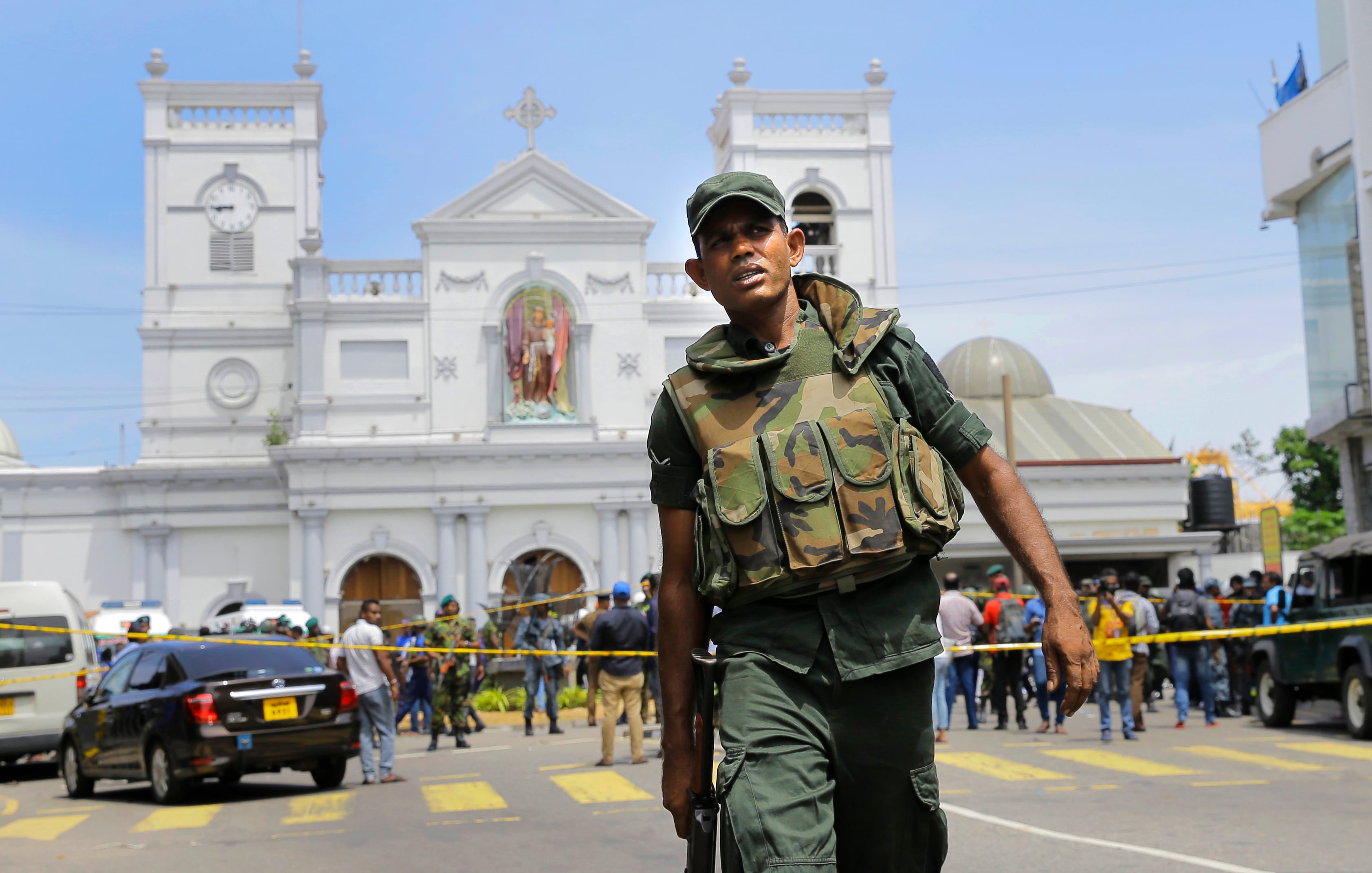
The U.S. team that was brought in consisted of psychological operations, civil affairs and Special Forces soldiers, according to Maj. Rich Hutton, a civil affairs officer, who responded with the team.
“As the reporting came out and we learned more about where the bombers came from and the communities that existed, we looked at our projects and ways we could better target some of the humanitarian assistance work we do with our partners at USAID," Hutton said.
Much of their time was spent highlighting grievances among communities that were at risk of potentially flaring up. Those recommendations were then taken by the U.S. embassy staff for long-term outreach projects with Sri Lankan officials.
Mongolia gets cashflow
One initiative that took off this year involved the Mongolian armed forces.
Mongolian officials approached the U.S. military for help starting a mobile training team to prepare its forces for United Nations peacekeeping missions.
“Mongolia is a very remote country, so they bring all their forces in to train them up,” said Sgt. 1st Class Jeffrey Lake, a 1st Group senior weapons sergeant who spent the past six months training Mongolian troops.
“So what they want to do is have a mobile training team that can go around to countryside areas, far-flung areas and train their forces to be prepared for these missions," Lake added.
The effort has been ongoing for the last two years, but it received a major boon with the allocation of $23.8 million this year.
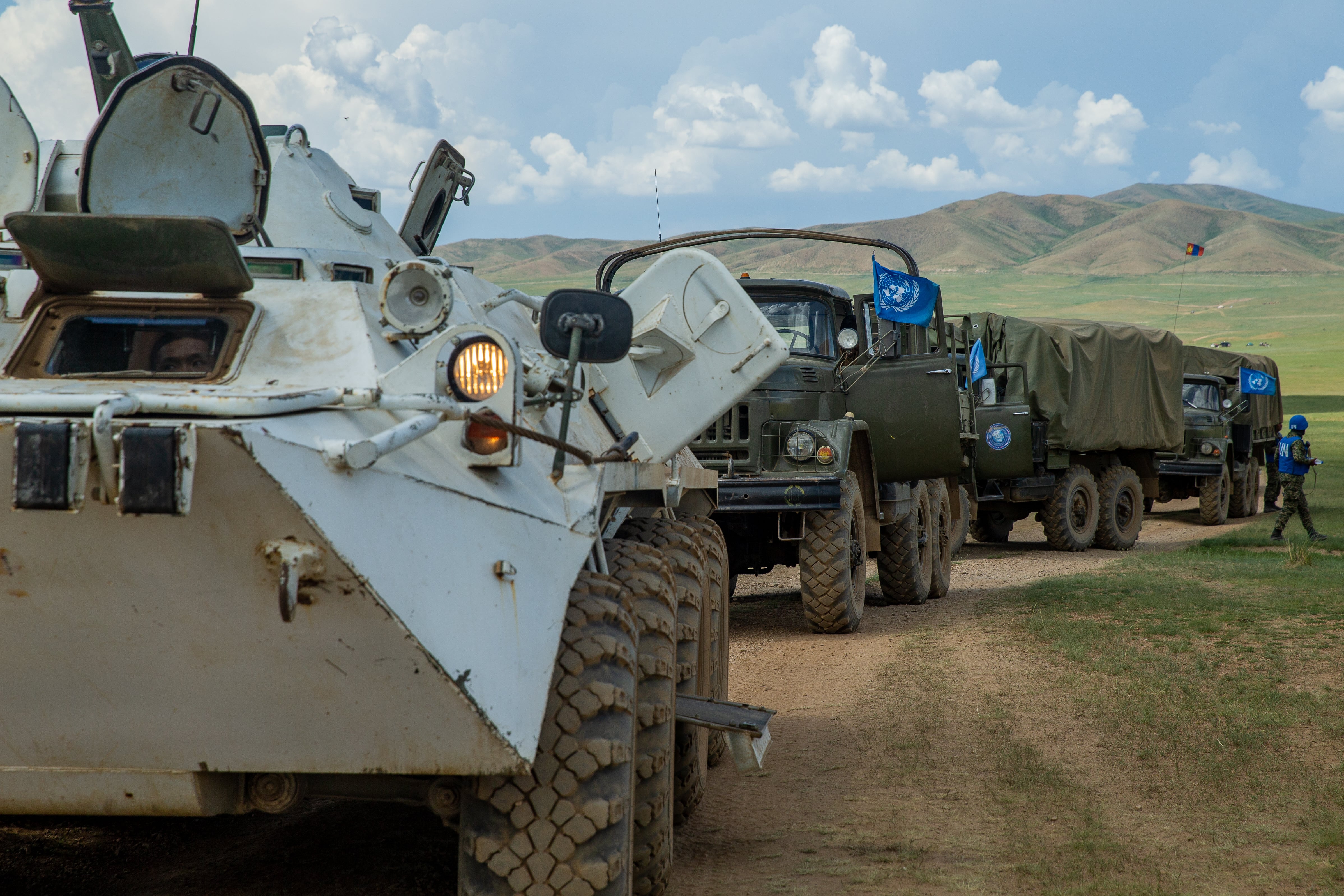
The money was divied out under Section 333, a budgetary authority that funds the training of partner forces that will eventually participate in activities like international coalitions and counter-terrorism.
“Obviously they’re in a really geostrategic location,” Ray said. “They’ve asked for our help and it’s a place where we absolutely are adamant to strengthen.”
“We’re creating that partnership because we’ve had limited engagement with them in the past,” Lake added. “So these relationships we’re building in this unit they want to create will continue on in the future.”
ISIS’ foreign fighters head home
Amid the backdrop of a rising China, the lingering threat of Islamic terrorism continues to dot the Asia Pacific region.
The defeat of ISIS’ physical caliphate in the Middle East has analysts worried that the group’s many foreign fighters will return to their home countries and begin wreaking havoc.
“There’s always a threat that you have to monitor and watch," Ray said. “Whether its returning foreign fighters or any increase in terrorism in Southeast Asia.”
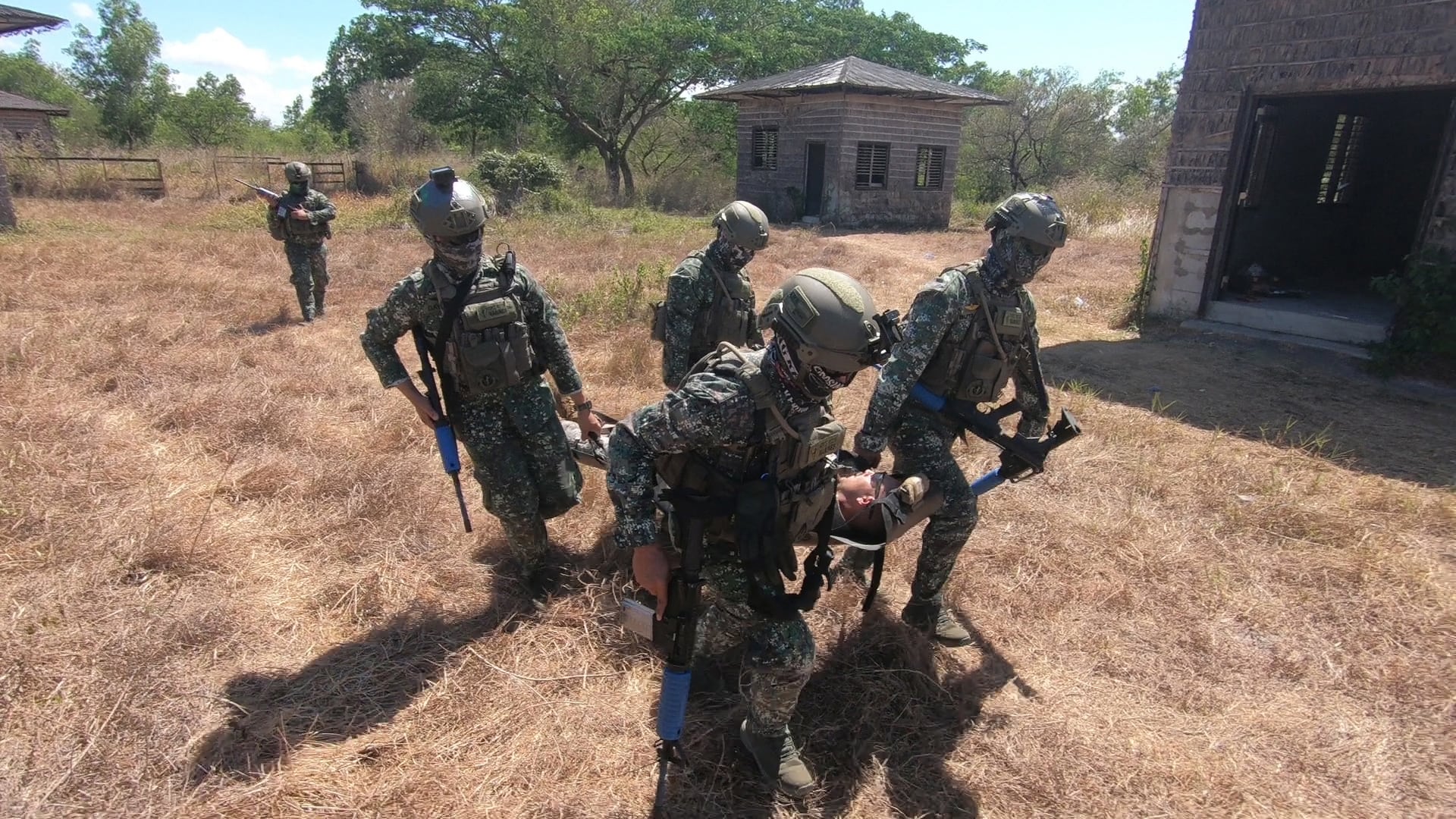
ISIS’ defeat at Marawi by Philippine security forces showed what maintaining long-term relationships with allied militaries can accomplish in the face of such threats.
Continued training opportunities through exercises like Balikatan, Cobra Gold and Rim of the Pacific helps teach partner forces to do the heavy lifting when terror groups and other threats flare up in the region.
But as it stands, the Islamic terror threat in the Indo-Pacom theater appears contained, according to the 1st Group commander.
“I think we’re well-postured with the right partners for them to have the capacity to deal with some of these and keep it at a regional, internal issue and not a transnational issue,” Ray said.
Kyle Rempfer was an editor and reporter who has covered combat operations, criminal cases, foreign military assistance and training accidents. Before entering journalism, Kyle served in U.S. Air Force Special Tactics and deployed in 2014 to Paktika Province, Afghanistan, and Baghdad, Iraq.
